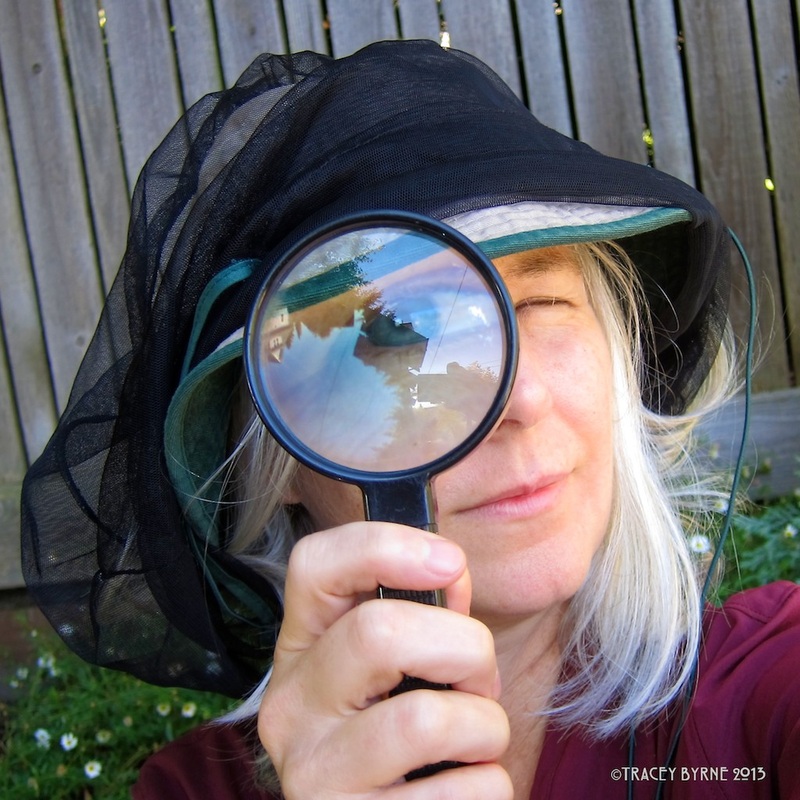| It was pretty easy to see where the orange pollen was coming from...the crocuses were tricked into thinking it was spring already. | There was a lot of action in our apiary over the weekend, and with temperatures in the 60's, it was time to take a peek inside our hives and see how our bees were faring. Only one of our three hives had any bees flying, and WOW, the bee-girls were bringing in loads of pollen. A quick check inside let me know that they also had plenty of honey as the super was heavy! |
If you are wondering why we would be harvesting honey in January, it is because we do not take honey from the bees in the fall (well, maybe a comb or two); instead our bees go into winter with the stores of honey and pollen that they have accumulated over the summer. Our hope is that this will give them the extra bump needed to survive the damp cold Seattle winter.
Their honey certainly helps us to get through the winter! Thank you bees.
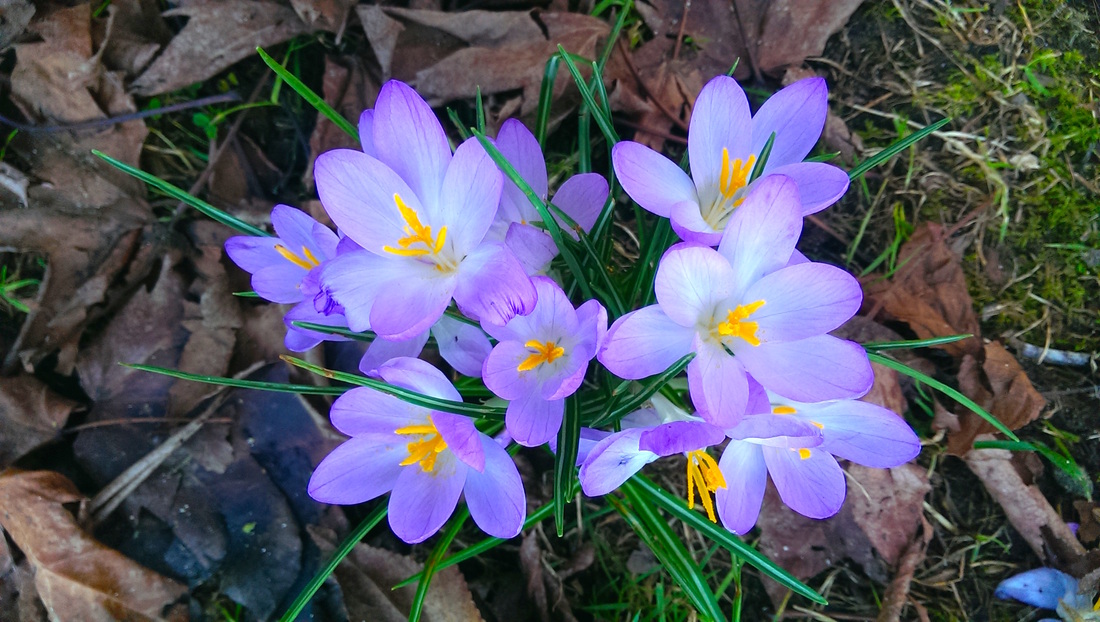
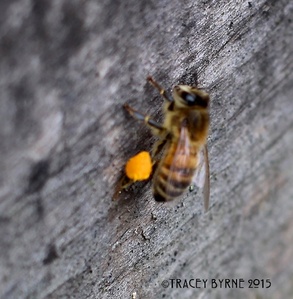
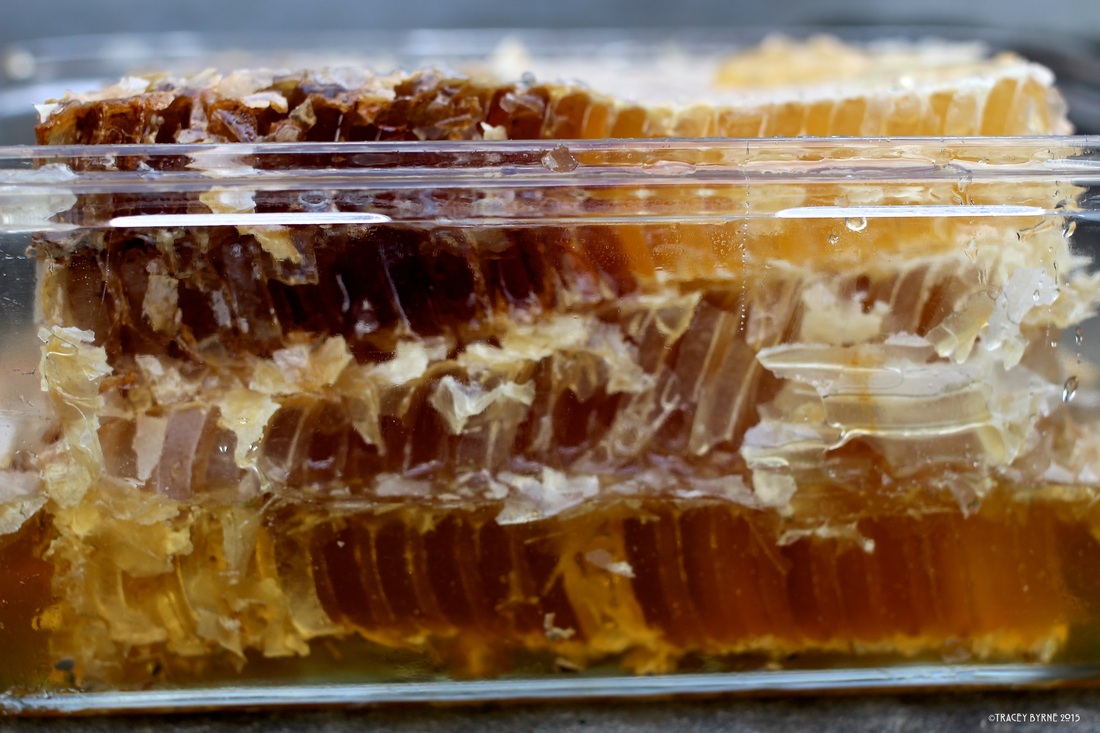
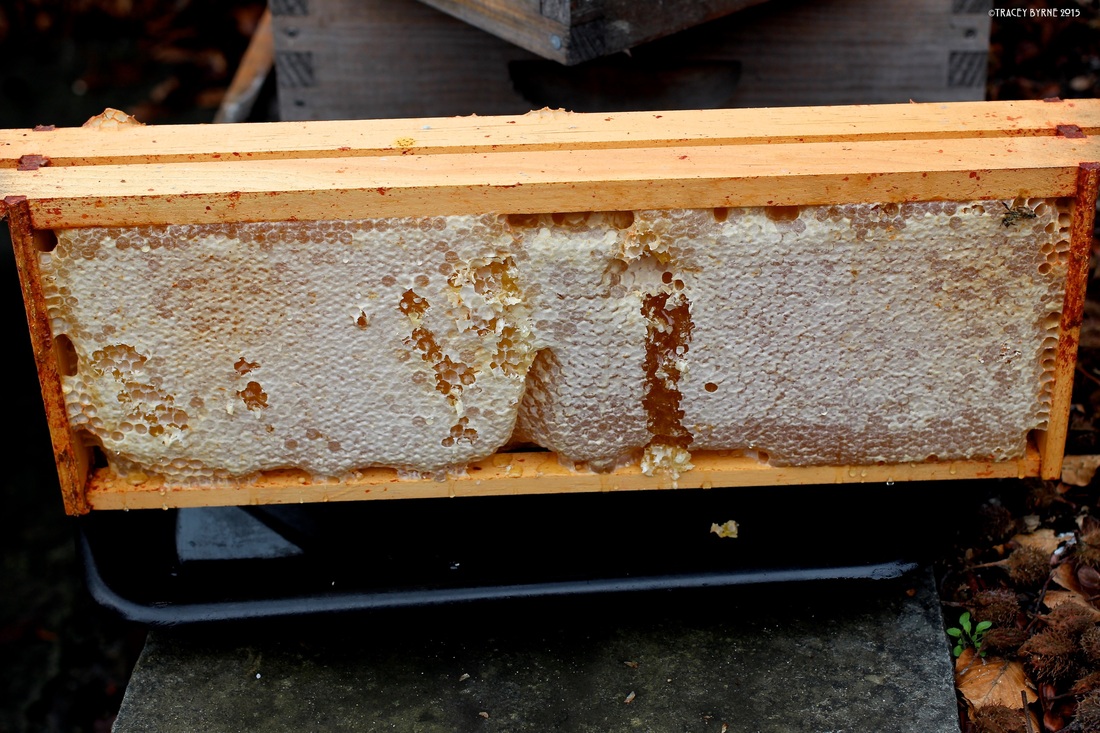
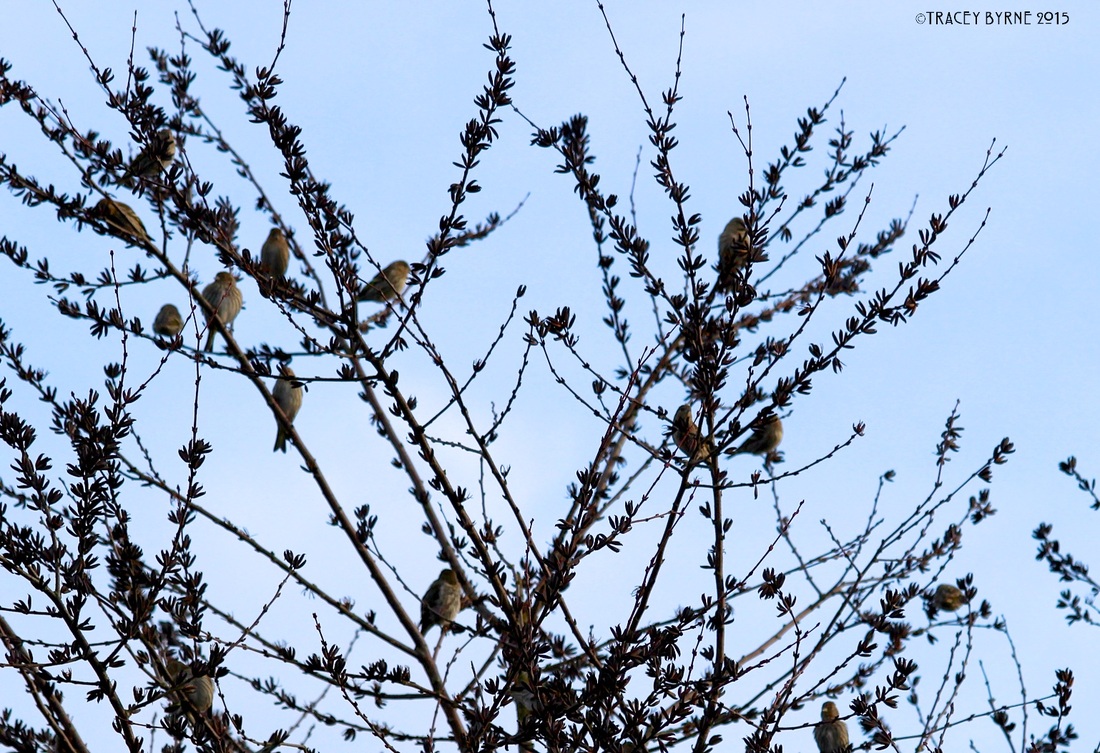
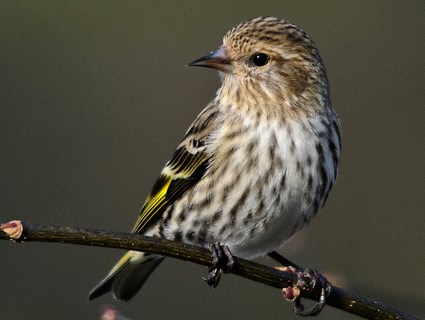
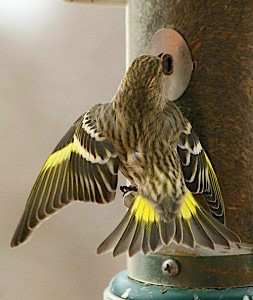
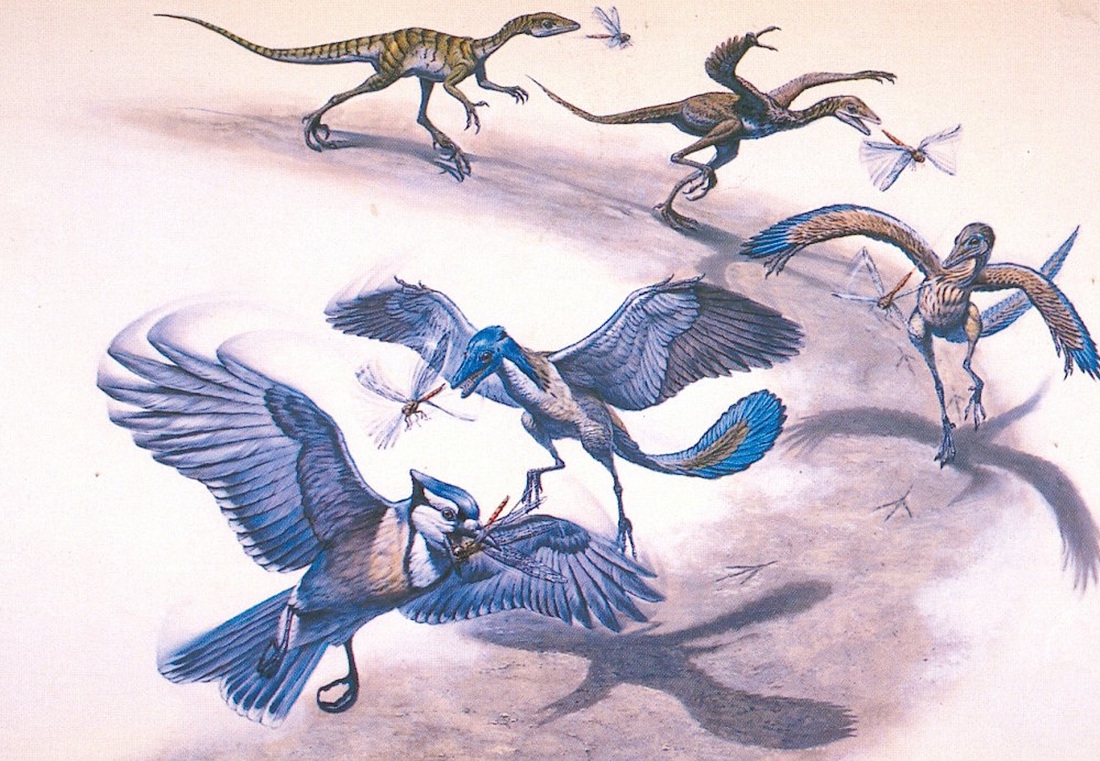
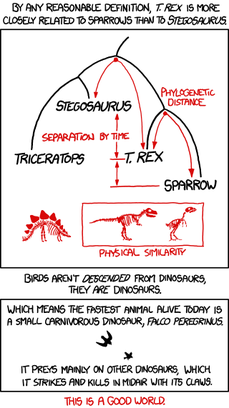
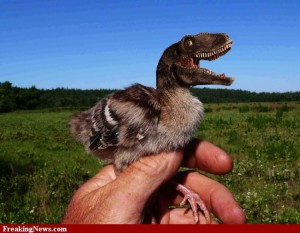
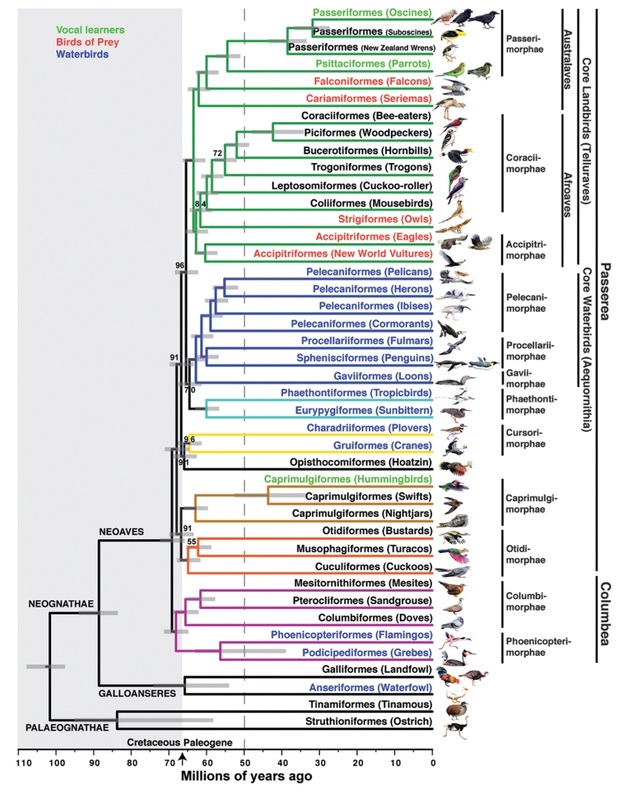
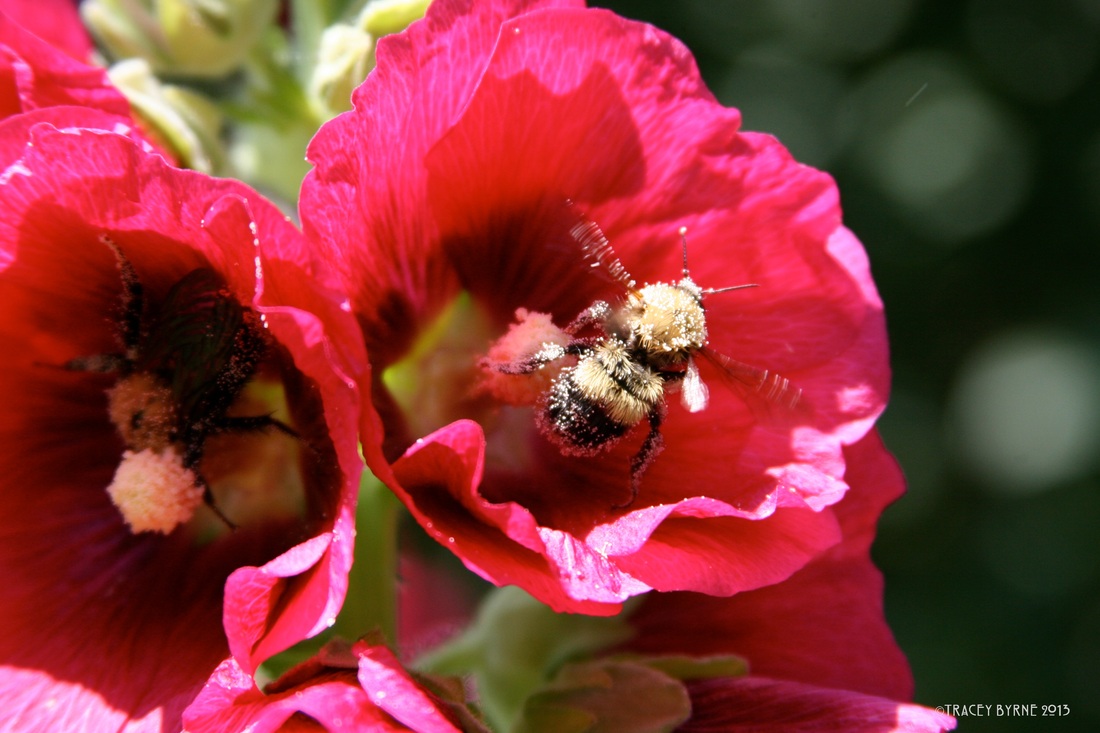
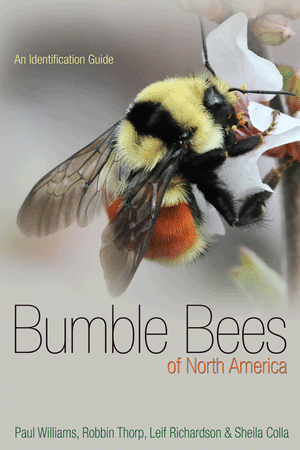
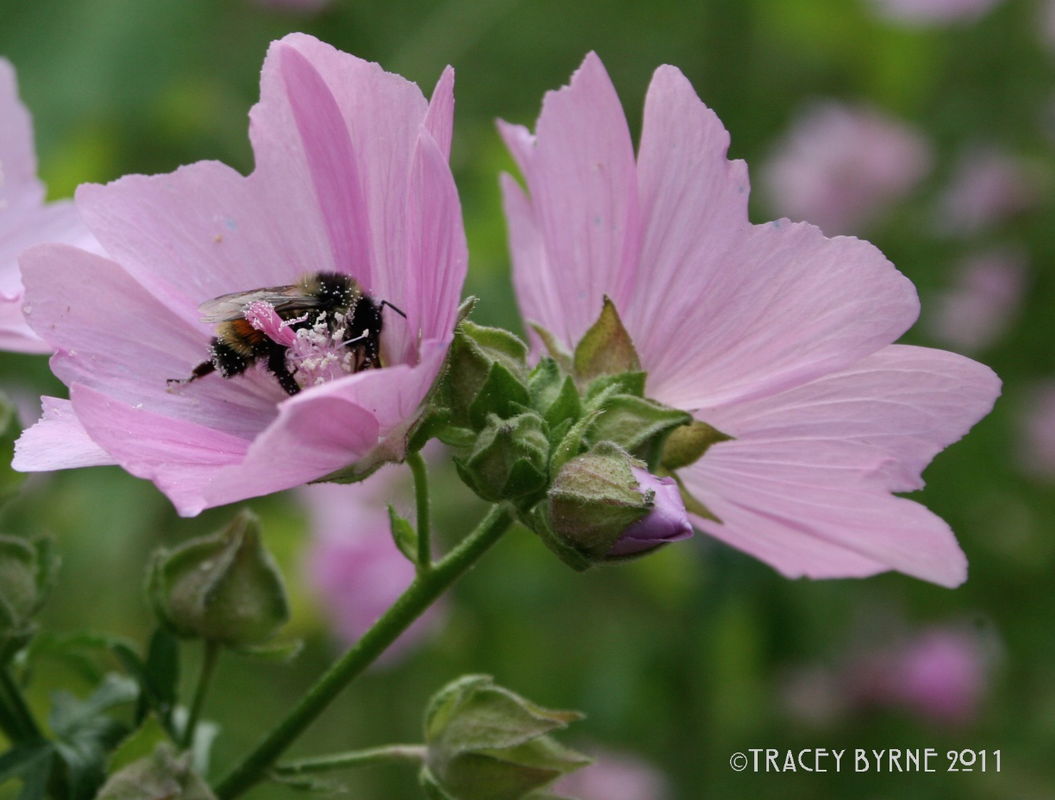
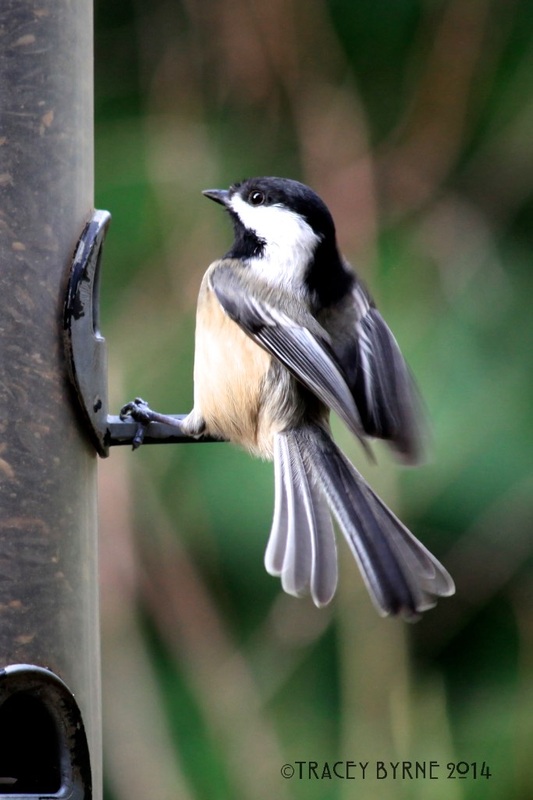
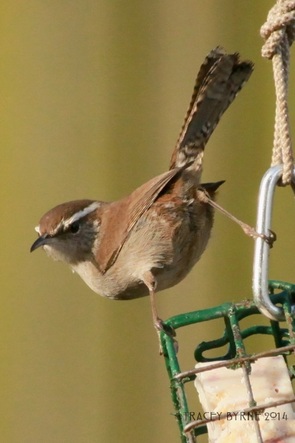
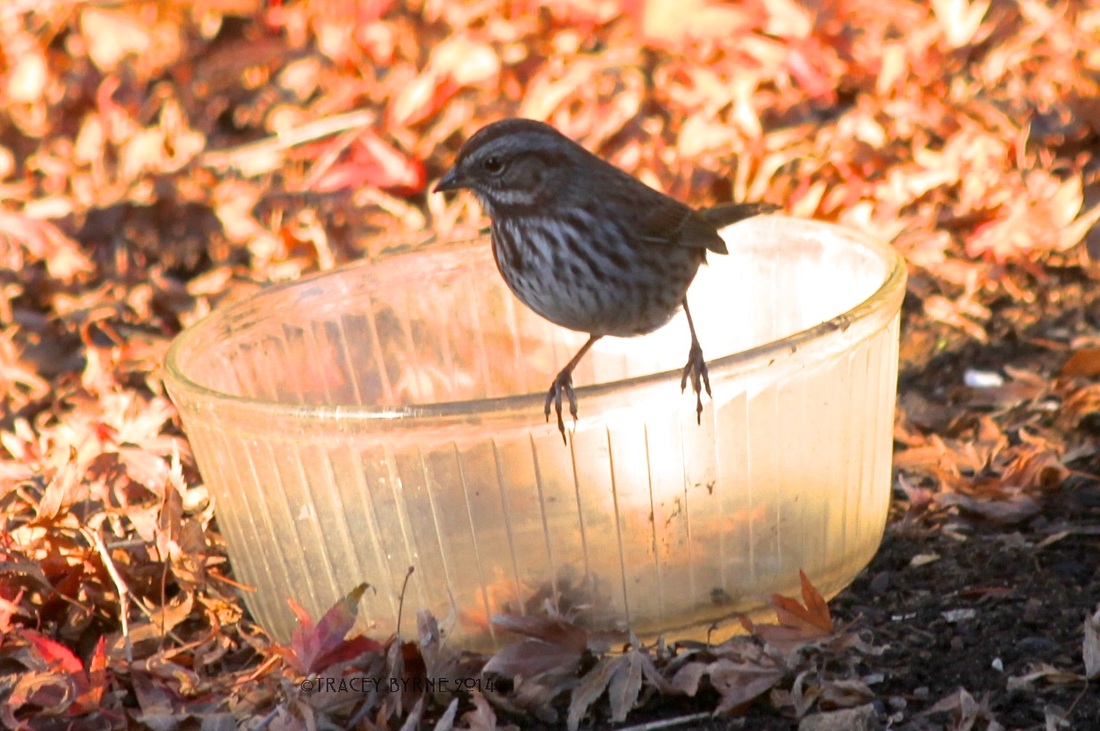
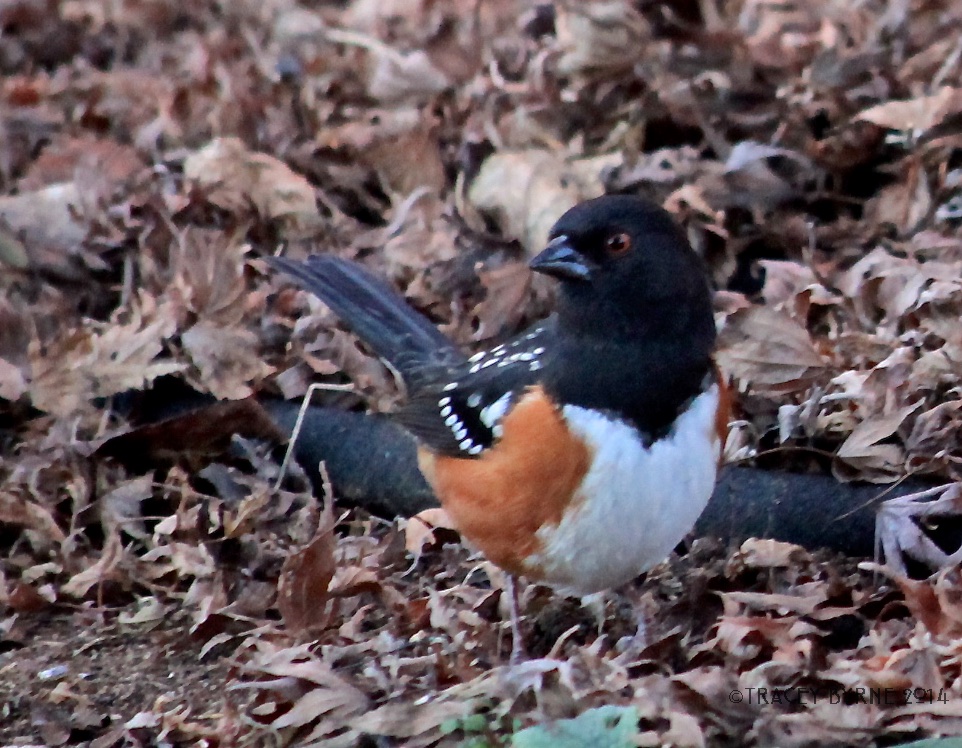
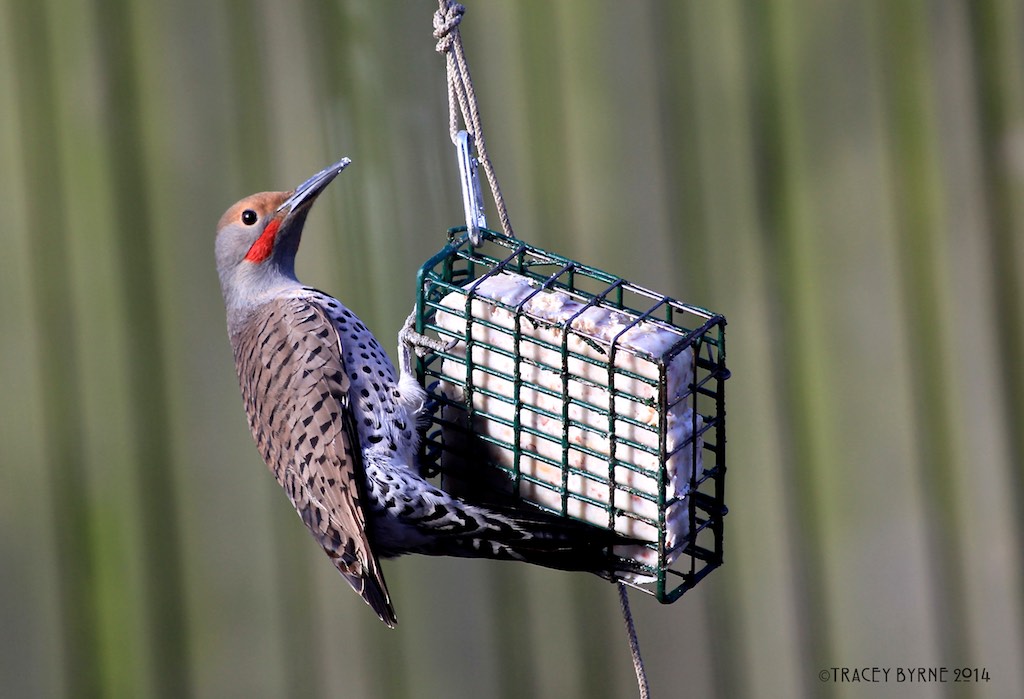
 RSS Feed
RSS Feed
